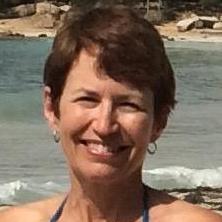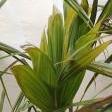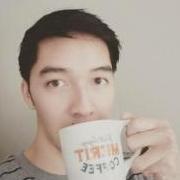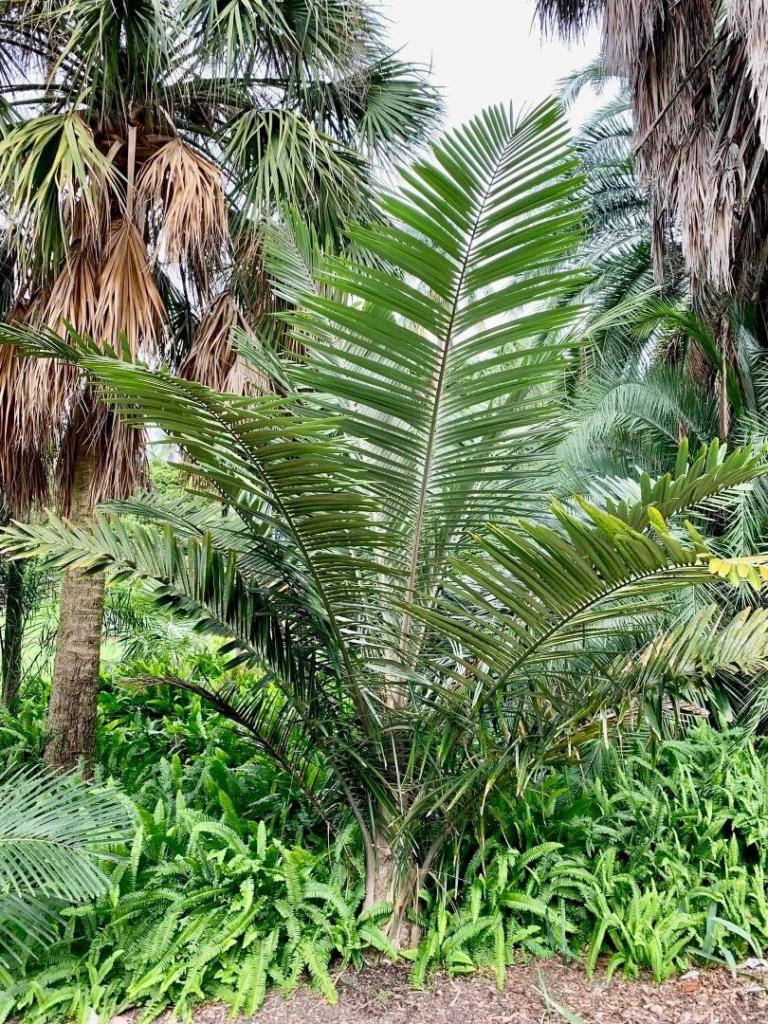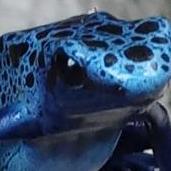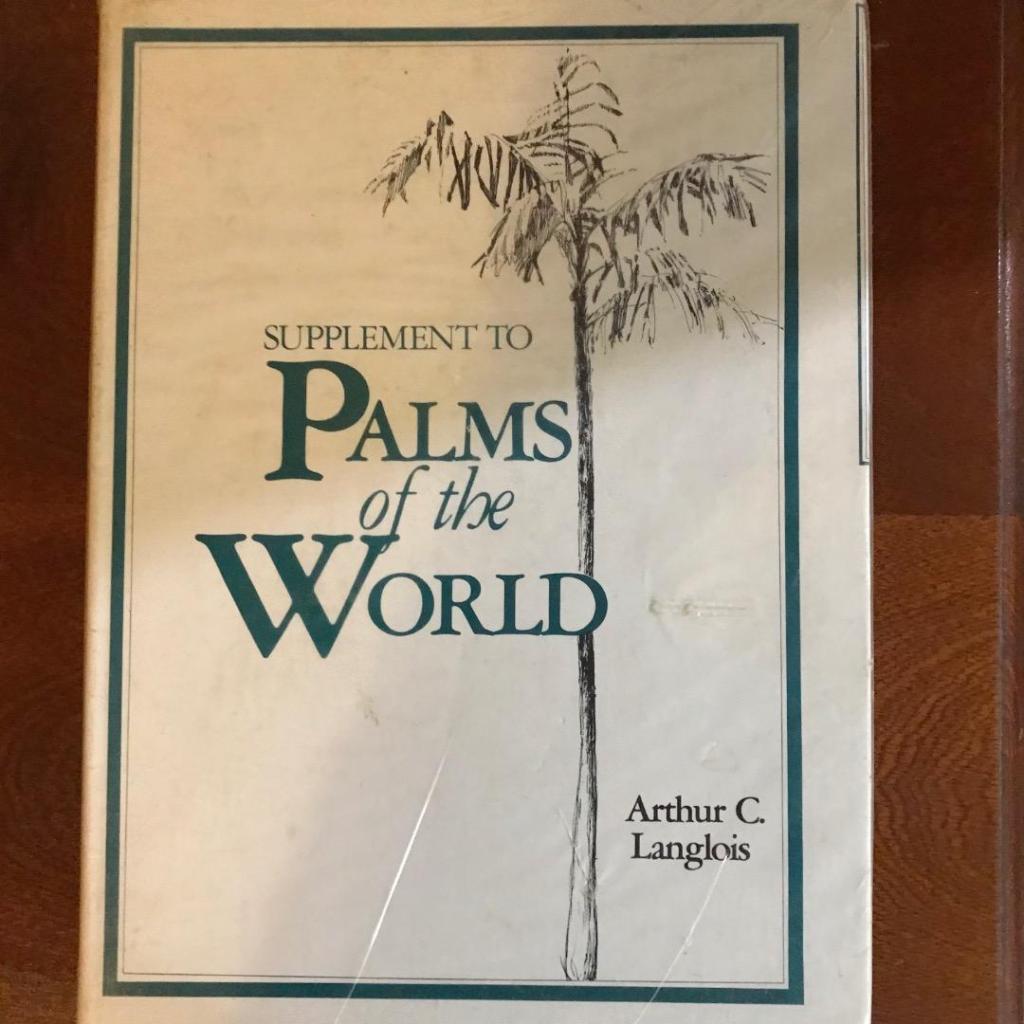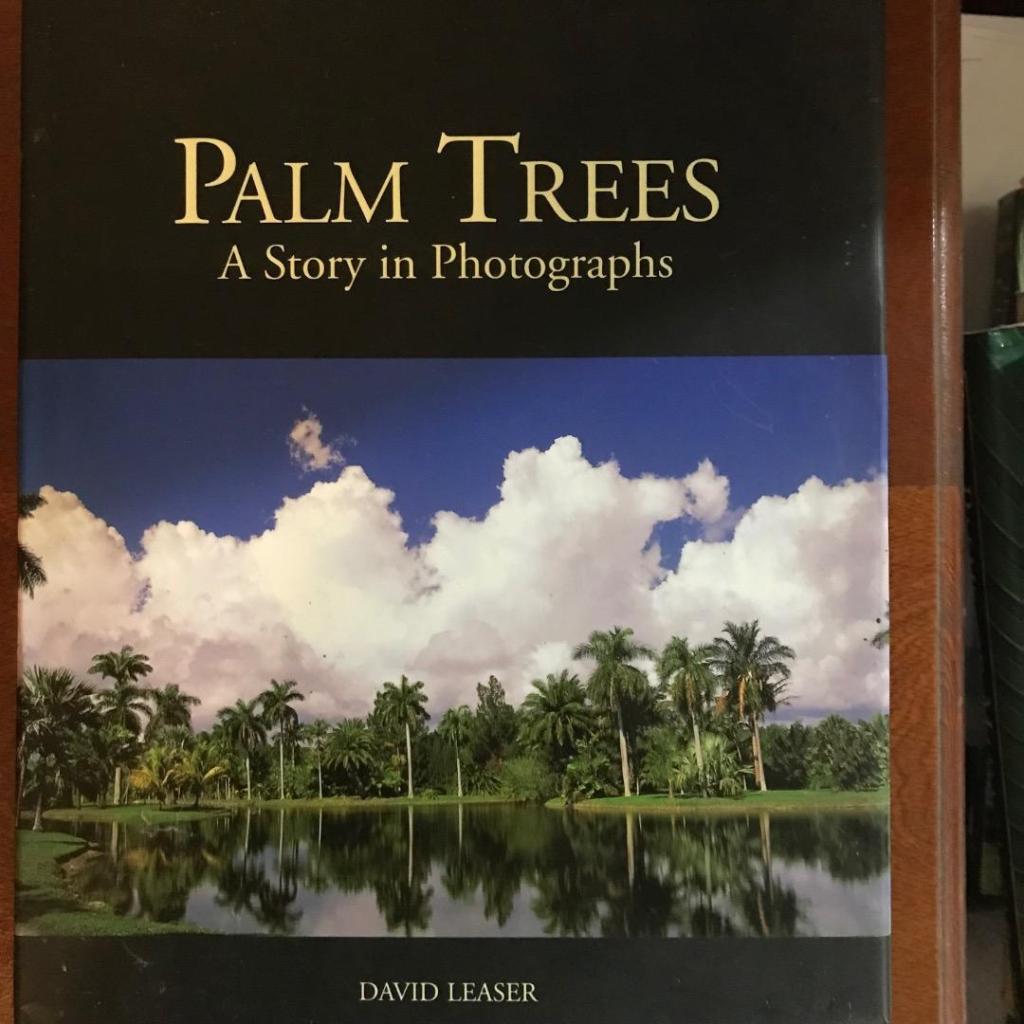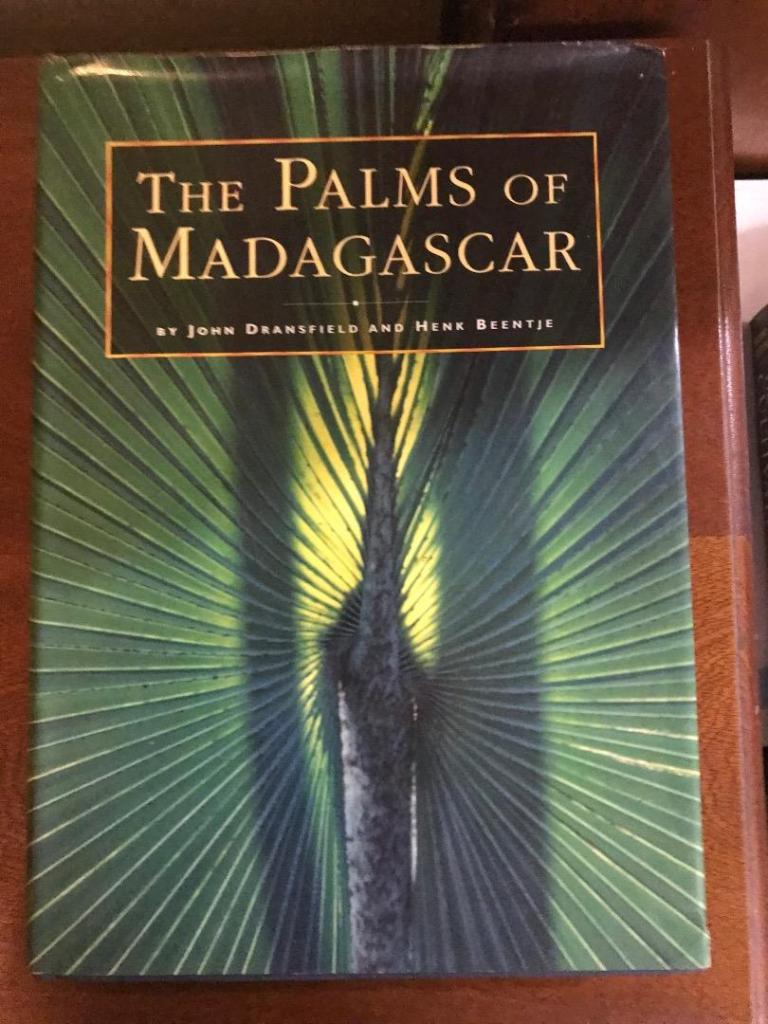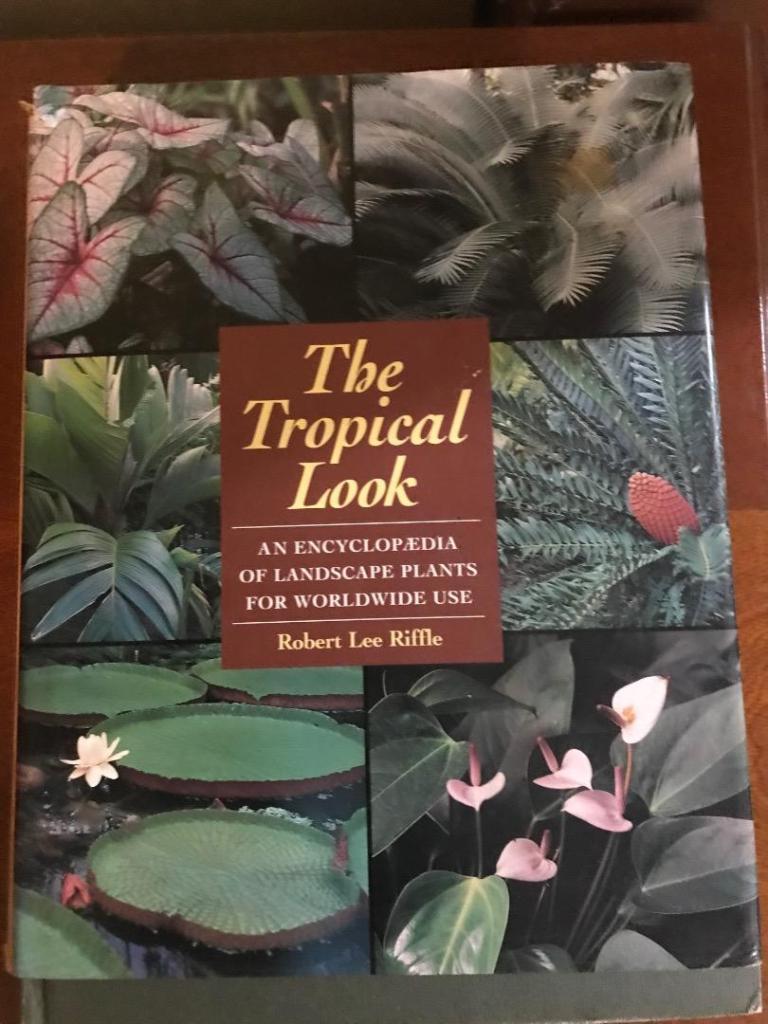Leaderboard
Popular Content
Showing content with the highest reputation on 05/02/2025 in Posts
-
22 points
-
Yesterday was a great day in the garden after encountering this C. ovobontsira reveal. Up until now this young palm was rather unremarkable, no longer. It was gifted to me by Hilo Jason a few years back, you picked out a good one Jason, and no, you can’t have it back. Glad I’m able to share these photos. Tim11 points
-
The colour of the new leaf on the atrovirens is amazing. An absolute stunning palm, seemingly easy to grow water and humidity, it’s not to fussed on soil as long as it is free draining. But one palm definitely worth growing in any collection. It seems to be a lot brighter red longispina the underside of the leaf yet a darker almost black on the leaf surface.7 points
-
A little palm that needs no introduction from me on palm talk. They speak for themselves as far as ease of growing, germinating and pollinating. A beautiful little understory palm that I have cracked the growing code, producing hundreds of hand pollinated seeds every year. I have noticed the ones that produce good amounts of seeds seem to rest bi annually not producing large flowers, then the next year they flower with large flowers. Just an observation when I see my chamaedorea daily in the garden, it’s easy to learn the palm and what it does.4 points
-
Hi, I'm new to the forum. My name is Matthew, and I have a plant collection across many plant families and genera. I especially like rare plants and miniature species. Despite my plant experience, I have never grown a palm tree before, and I've never tried germinating a palm seed, until the story below... A friend of mine sent me one Dypsis minuta berry. I had no clue what to do with it, so I did some research for a few hours and then decided to go for it. I cleaned and prepared the seed per my research, then planted it. I knew palm seeds generally take quite a long time to germinate, but wasn't ready for it in reality. I waited and waited until I nearly went insane and wanted to dig it up to see if the seed was still alive, but I resisted. Finally, I decided the seed had died and I had failed with my one, sole chance. That said, I left the container and just forgot about it. A few days ago, I was totally shocked to unexpectedly see the seedling popping up. It had been so long that I had to check the date it was sown, and discovered it took 13 months to germinate. I danced around like a fool and could barely contain myself, then sent messages to my plant friends about the news. In my years of growing plants, this may have been one of the most exciting successes. I opened the container and put in some fertilizer and supplements. I am considering moving the seedling into one of my rare plant grow tents. At this point I'm going to learn more about palms. I'm especially interested in the smallest species which may be suitable for indoor culture.4 points
-
4 points
-
4 points
-
4 points
-
3 points
-
3 points
-
3 points
-
Guess I made the right move by ordering about a dozen species of Braheas for this year.3 points
-
2 points
-
At first glance, I read Bentinckia Looking Nasty. I was relieved to learn I was wrong. A real beauty!2 points
-
What’s up with all the leaf damage in this picture? It did not get anywhere cold enough this winter to cause damage to wild Sabal minor like it did in 2018 in some parts of ENC. Perhaps flooding? Or is this just the angle?2 points
-
2 points
-
2 points
-
2 points
-
No, I think they’re different. Neither grows great for me, but the dark mealy has pretty wide leaflets (at least on young plants) and the ovibontsira is very upright in its growth as a young palm. Distinctively different2 points
-
2 points
-
2 points
-
2 points
-
An absolute beauty of a palm. I can grow em Harry I just need the seeds. I have a couple of common palms in my nursery but that’s where it ends the rare and exotic ones for me. The slower growing the better as far as iam concerned. Richard2 points
-
They go deeper green with deep shade and yellow a bit in the sun. I wouldn’t say it has a silver underside but a real healthy one has a velvet look about its leaf. It’s my all time favourite chamaedorea Richard2 points
-
Starting to gain some size on that one. Very dark , burgundy look to the new frond , making it stand out amongst the others. Quite the nursery you have there with the sprouts afoot! Harry2 points
-
2 points
-
Thats a great books. Me and my dad still have em.2 points
-
Attalea, most likely Attalea cohune, it's the most common one in cultivation outside its habitat.2 points
-
I bought a 50lb bag of Langbeinite or Pulpomag shipped from something like Seven Springs Supply. I doubt you would find it locally. You could maybe find it at a local Ewing Irrigation, or SiteOne Landscape supply. I use Sunniland Palm 6-1-8 from the big blue box store. SiteOne and Ewing carry Lesco fertilizers and might have a good 8-2-12 at the local stores.2 points
-
2 points
-
Mine has taken 5C lows a number of times last winter with no issue. It would benefit from more shade to darken it up a bit, but I don't have the luxury of a canopy yet.2 points
-
2 points
-
@STEMI Welcome to Palmtalk! I can provide an update on my Heliconias this winter. We had two freezes this year. The first came with all the snow which took a full 5-6 days to fully melt at my place and wasn't great. We had another freeze in late February in the -3 C (27 F) range which caught me unprepared and cooked a bunch of things that I didn't protect. I lost a really nice Firebush I had been growing in the second one after it survived the first one. Large raised Heliconia bed: Heliconia 'Mexican Gold' (5) - all recovered fine. Heliconia latispatha 'red' (2) - this is a running form, both have recovered strongly. This one is basically a weed and I'm going to need to keep an eye on it. Its already going places I don't want. Heliconia x 'Siberia Lemon' (2) - one recovered, one died. The one that survived was much larger than the other that got crowded out and shaded. Heliconia x 'Coral Surprise' (2) - both have recovered. Heliconia latispatha 'Parakeet' (3) - didn't return, but when I went to dig them out all of the newer rhzomes at the edge were healthy. The ones in the centre of the clumps had rotted though. Might have recovered in time, but I tossed them. I didn't like the dull colour of the flowers nor the tall form of the plant that prone to wind damage. Heliconia 'Bleeding Heart' (3) - none returned, but they were planted fairly late in the year and got shaded by some of the others and as a result were much smaller than everything else. I'm pretty upset that I lost these and I think they are worth trying again if I can find them. Other Heliconias in ground: Heliconia latispatha 'Dwarf Orange' (1) - in a mixed bed that gets frost cloth and xmas lights, lost all its leaves but has recovered. Heliconia acuminata 'Super Chieri' (1) - same protection as above, actually retained some of its leaves and is slowly recovering. This was a much smaller and less established plant though. I overwintered my others in pots and put several in the ground this spring, including H. latispatha 'red/yellow' (2), H. subulata??? (2), another two H. acuminata 'Super Chieri', and then H. lingulata 'yellow' and H. champneiana 'maya sunrise' and 'maya gold'. All are doing well and have new growth. I killed several H. hirsuta, these don't want to grow roots for me. Some takeaways: I think size makes a big difference in their survivability. Cutting them back properly so that new growth doesn't get jammed inside the dead stems helps them recover. My pot culture of Heliconias is bad. Everyone else's photos of pots look great, mine get really rootbound and have comparatively few stems, and only look good when they get in the ground. I want to figure this out this year.2 points
-
this part is also worth quoting from that link (emphasis theirs): "Palm trees are replanted more frequently since the 4 cm thick oak panels can no longer withstand the extraordinary growth of the roots after 7 to 8 years. "The soil is reduced by 10 cm on each side and is then placed in a new or restored box of the same dimensions, with a strong iron or cast-iron frame for the oldest models (1856). "Once the box is closed, a soil mix rich in organic matter is compacted in successive layers inside the wooden panels. The heaviest boxes, such as those for large palm trees (weighing 4.5 tonnes), are transported in the garden using a flatbed carriage. Since 1996, the carriage tractor has been equipped with an electric motor to reduce noise and atmospheric pollution."2 points
-
2 points
-
In my continuous battle with ox rhino beetles I am considering trying sand as an additional barrier method. If there is interest I can post a link to results studying use of sand against a related rhino beetle (CRB) in laboratory tests in HI. That beetle attacks up high so the sand would need to go around the spear making it difficult and hard to keep in place. However with the idea of first doing no harm, my question for Palmtalk is whether QUIKRETE sand piled 2-3 inches high around a non trunking palm stem would be likely to harm the palm? That’s ground zero for Strategus beetles. I probably would extend the sand only a few inches away from the stem as most of my palms have hardware cloth to protect beyond that area. Not sure yet about a “collar” design to keep the sand in place. Perhaps something as simple as a plastic disposable drinking cup with a vertical slit and the bottom excised. Thanks for any thoughts.1 point
-
The most potent soil surfactant is SDS or SLS, same chemical. Years ago when I fiurst noted th ehydrophobicity, I would apply SDS and humic at the same time, you can mix them,. Sodium dodecyl sulfate is the correct chemical name but its also called sodium laurel sulfate. Its in soap in small amounts. SInce its the only active surfactant in soap why throw al the other stuff down? Soap often adds phosphate that can cause bioavailability issues with Ca/Mg. Google either name follow instructions for dilution. You don't need much, maybe a teaspoon or two per gallon of water. $20 buys 10x more than you will use in 5 years. Store in a cool, dry, place to preserve it. After the initial treatment plus mulching my SDS doesnt get used any more, I see no hydrophobic behavior for 12 years as the humic acid from mulch decay prevents that.1 point
-
1 point
-
Some great books worth having as a resource for reference are worth it in any library with vast knowledge from Authors all around the globe who are passionate about the field they work in most of my collection of books I purchased way before I was using the internet and I still go through them for that extra reference point on a certain plant you can learn a lot from a book.1 point
-
I like Sta-Green 16-0-10 "Natural" Fertilizer from the the blue big box store. The potassium is in sulfate form (lower salt index than cheaper chloride) and the nitrogen is a mix of organics plus polymer sulfur coated urea (slow release nitrogen). It's sold as a lawn fertilizer but I use it for palms and tropicals/citrus. There are micros from the organics/kelp and of course the price is right1 point
-
1 point
-
1 point
-
One of mine produced a premature terminal inflorescence too last year, then died. It was in full sun and the medium would regularly dry out. My other 2 only receive morning sun, are irrigated daily, and look pristine. It seems stress sets them off.1 point
-
1 point
-
What's interesting to me is that it's in a position exposed to north winds (in town) but the surrounding concrete must be enough to protect it. It was there in 2019 so it survived 22°F in 2021.1 point
-
I was at the Tea Gardens today for a promotion ceremony. I got to check these out, and they do look like they sailed through winter. I wanted to take more time (and pictures), but work was crazy...so I was in and out of the area pretty quickly. Thanks for getting photos of these.1 point
-
1 point
-
1 point
-
1 point
-
Welcome , there is something about seeing a sprout after a long wait. Harry1 point




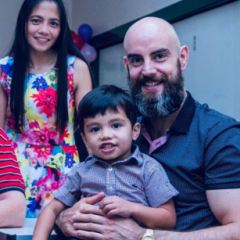







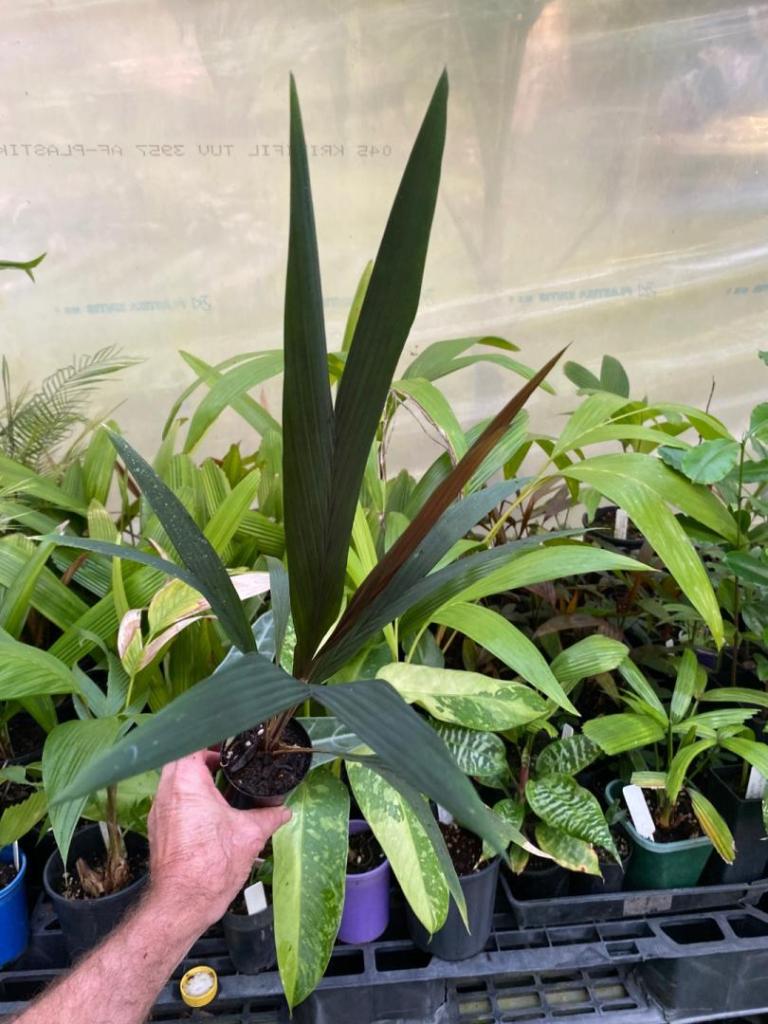


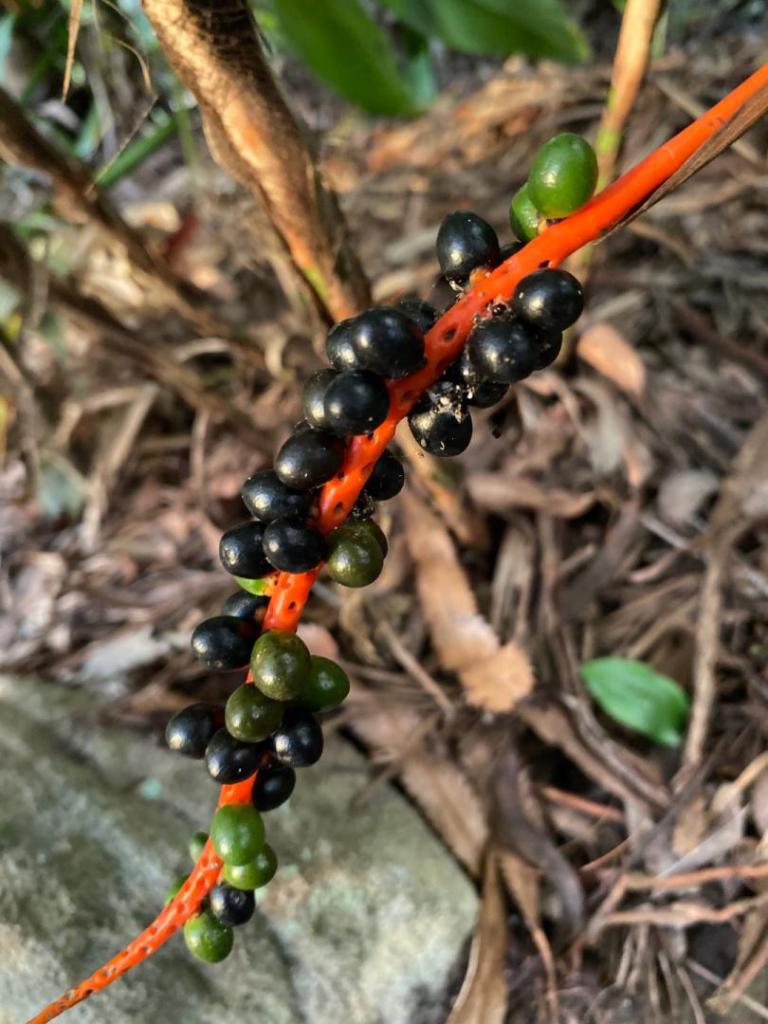




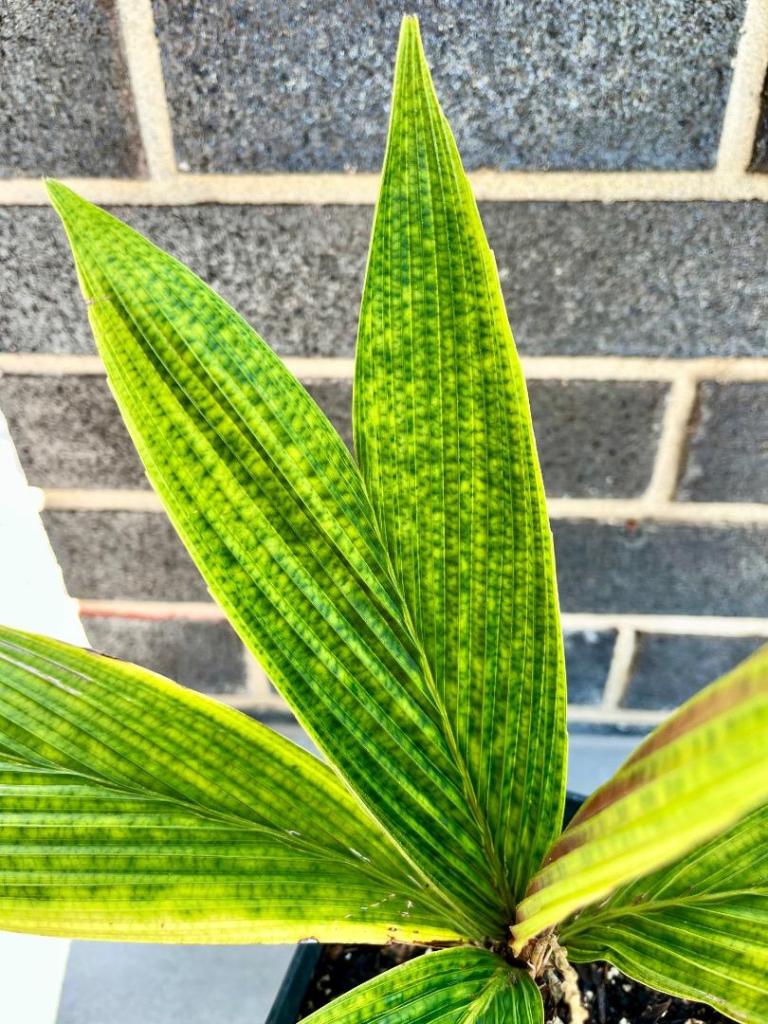






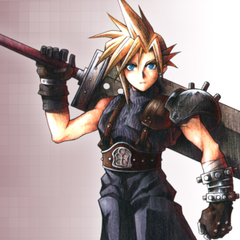



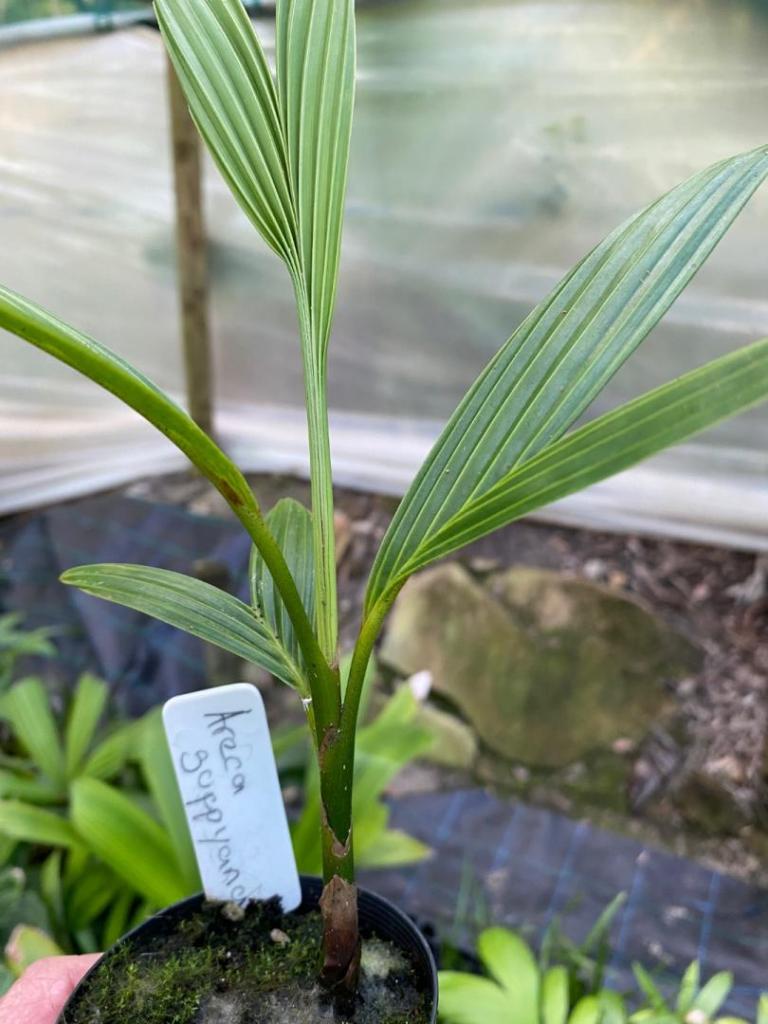




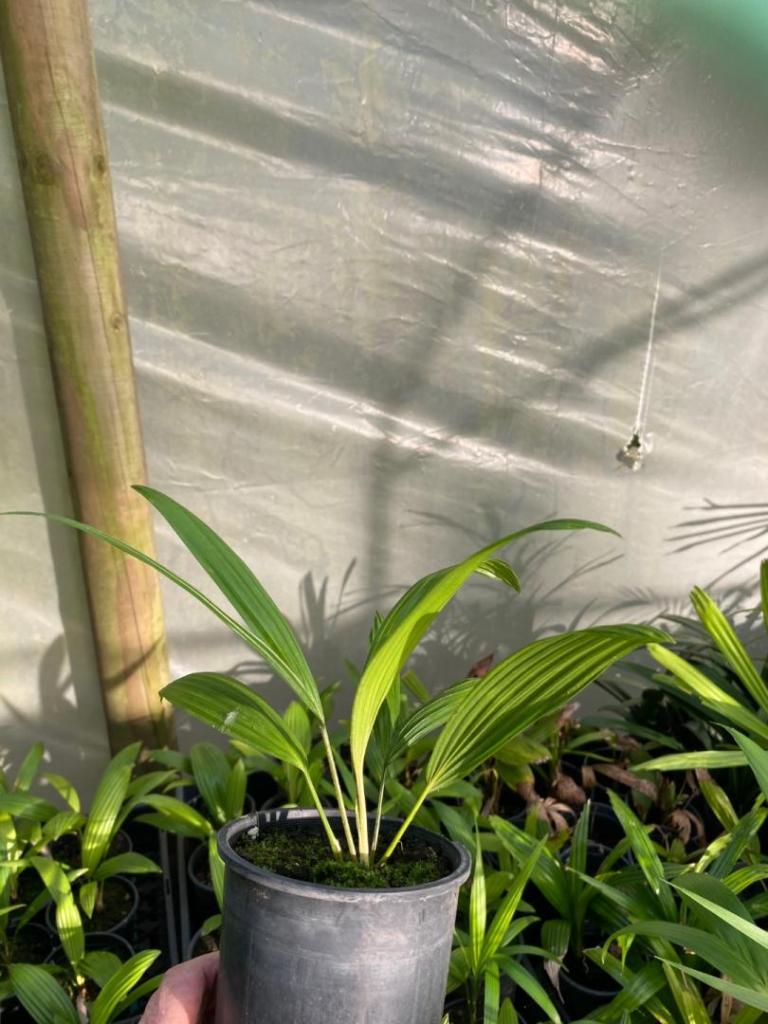



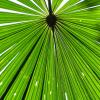


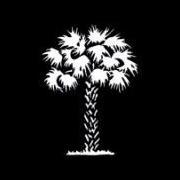
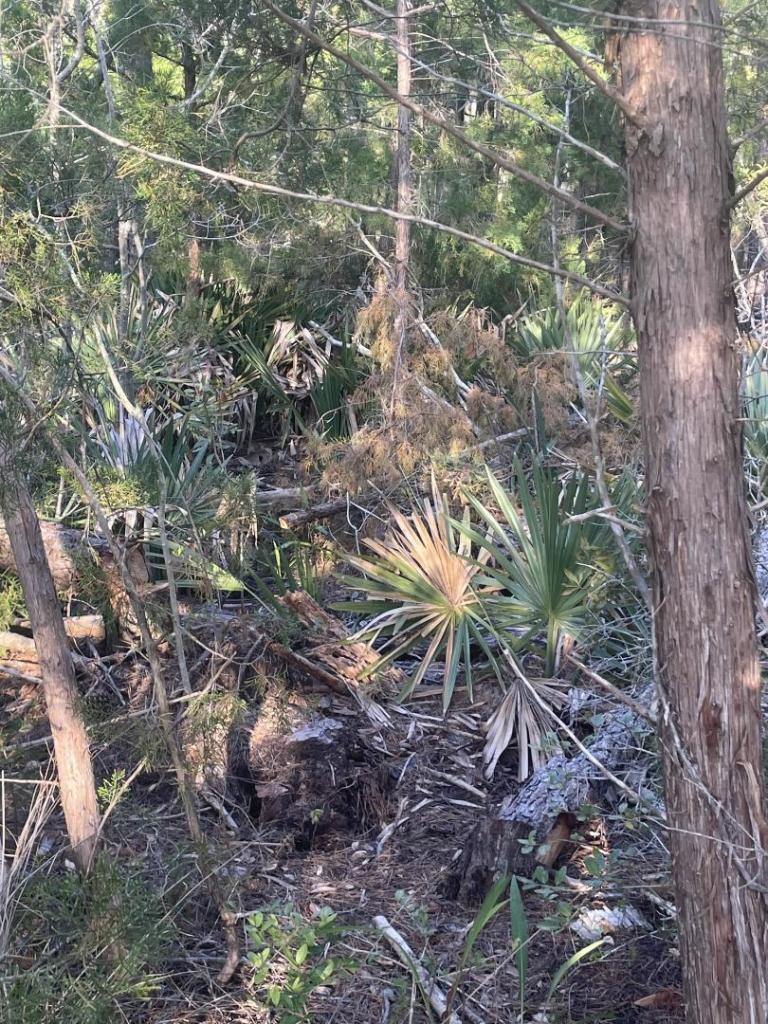


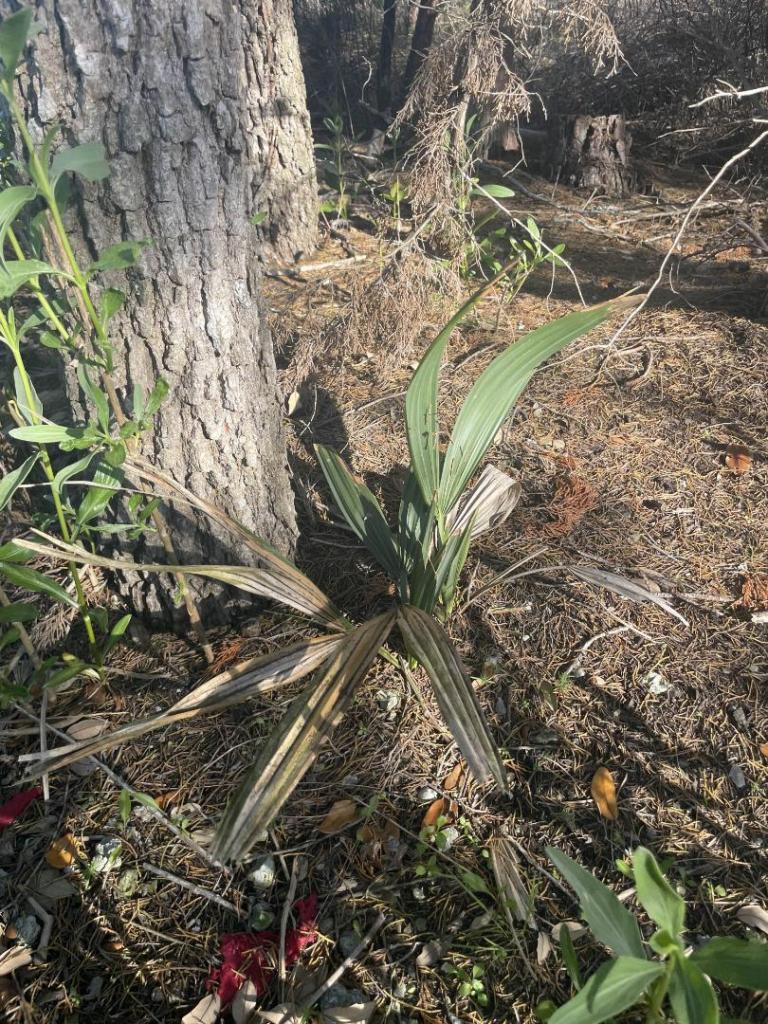












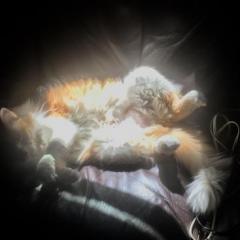

.thumb.jpeg.90a4031f99f5290a96d68c9f2f7f0e60.jpeg)




